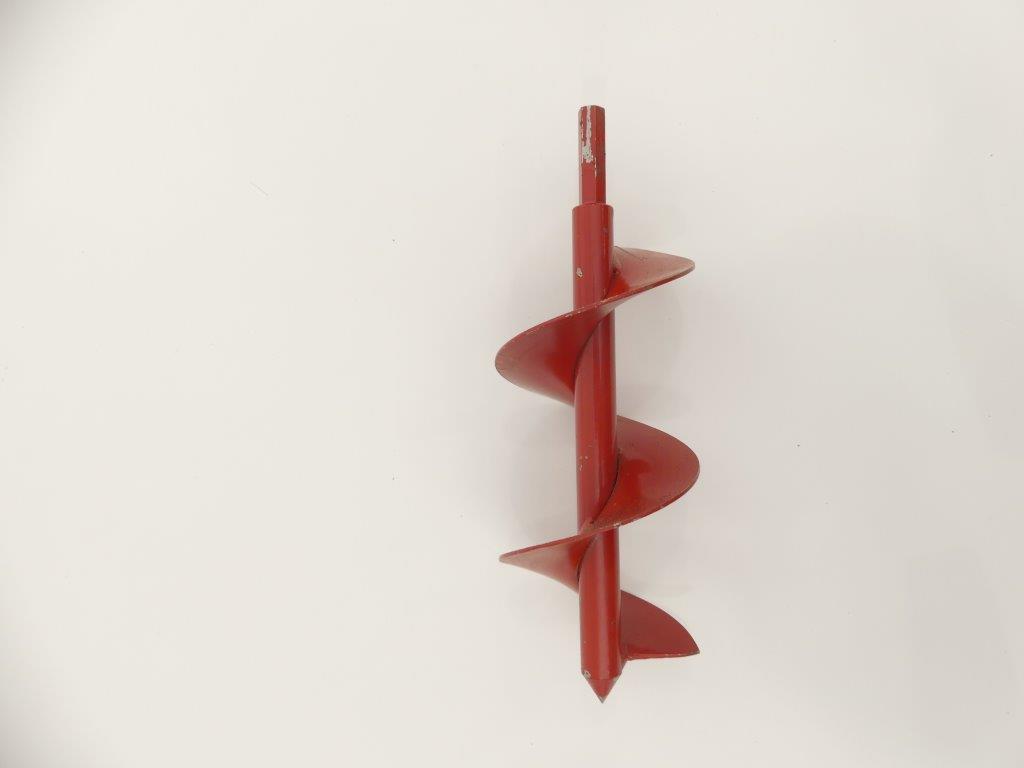Tips on How to Harden Off Seedlings

Tips on How to Harden Off Seedlings
While we humans may not feel it, moving from an indoor environment to an outdoor one is a very big adjustment for a young plant. After all, in your home or greenhouse, it’s always about the same temperature, watering is regular, and there is no wind. Outdoors, on the contrary, brings wind, cold nights, and other harsh realities. Even a small change in the environment makes a big difference to a young seedling. Different plants have different reactions to changes in the environment. Therefore, it’s a good idea to do a Hey Siri or Hey Alexa search for “change of temperature effects on tomato seedlings etc.” to better understand how your plants will be affected. So it’s a good idea to take things slow, and the following tips may help.
Here are some success tips for hardening off seedlings:
- Make Your Plants Mobile- While you can’t make your plants move on their own, you can facilitate moving them yourself. If your seedlings are not already in flats, put the separate containers into flats or on a board that you can carry easily. This is because you will be carrying them in and out for a while.
- The First Day – Start Slowly- On the first day you begin hardening off, take your seedlings outdoors for only about an hour. Make sure they are in a sheltered area away from harsh sun and wind. Then bring the seedlings back in again. Repeat the procedure for about a week, adding on an hour each day. After about 8 days, you’ll be up to 8 hours outdoors a day. When you get to 12 hours a day, you’ll just be bringing the plants indoors at night.
- Watering- The day before you transplant your tomato or pepper seedlings out into the garden, give them a thorough watering. This will get them ready for transplanting and will be one less bit of stress the plant has to endure. As far as planting seedlings and bulbs, there is also a power-driven tool that can be most effective. This is a 3” diameter auger that gets attached to a 3/8” power drill. This creates a smooth hole to the desired depth in moist, sandy, loam type soil and is extremely easy to use, especially if you are going to be planting hundreds of bulbs. There are several manufacturers who make these such as Power Planter, Ames, Lichter, Jisco, Hiltex, 7Penn, and Yard Butler but the ones we like the best are made from Tech Team https://techteamproducts.com/, their 3” x 9” item number 777 https://www.amazon.com/Tech-Team-Planter-Seedlings-Planters/dp/B07S385BW7/ref=sr_1_197?keywords=bulb+auger&qid=1568384841&s=gateway&sr=8-197 and their 3” x 24” item number 778 https://www.amazon.com/Tech-Team-Planter-Seedlings-Planters/dp/B07S386MWG/ref=sr_1_53?keywords=bulb+auger&qid=1568384749&s=gateway&sr=8-53.
- Choose a Cloudy Day- If possible, choose a cloudy day to transplant. This prevents the harsh, hot sunlight from scorching your tender plants. A day without a lot of wind is helpful, too.
- Night-Time Cover- For the first week or so, you may want to cover your seedlings with plastic covers at night. Use stakes to keep the plastic from “smothering” the plants and pushing them down and/or breaking them. Also, this keeps air circulating around the plants.
- Keep Watering- Water your seedlings each day for the first week or so. They will not have established root systems yet, so daily watering is important.
- Pest Control- If you are concerned about pests (and what gardener isn’t?), then now is the time to take precautions. Dusting with diatomaceous earth is a good start.
- Stakes- If you are transplanting tomatoes, peppers, cucumbers, or other plants that will need support, have the support firmly in the ground before you transplant your seedlings. This way, you don’t have to disturb the roots of the plant to put up stakes or “teepees.”
With a little care, you can successfully harden off your seedlings and enjoy a bountiful, beautiful garden this season.
